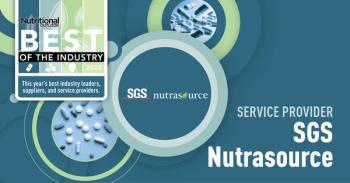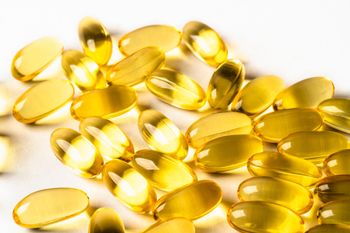
|Slideshows|February 23, 2017
- Nutritional Outlook Vol. 20 No. 2
- Volume 20
- Issue 2
4 Drug and Supplement Interactions You Need to Know
Author(s)Mike Straus
Did you know that warfarin could interact with kale or ginseng? Or that mineral supplements can potentially interact with thyroid medication? Read more about these lesser-known drug-supplement interactions.
Advertisement
Articles in this issue
over 8 years ago
Trending Ingredients for Natural Beautyover 8 years ago
Plant-Based Milks Branching Outover 8 years ago
Healthy SnackingNewsletter
From ingredient science to consumer trends, get the intel you need to stay competitive in the nutrition space—subscribe now to Nutritional Outlook.
Advertisement
Advertisement
Advertisement
Trending on Nutritional Outlook - Supplement, Food & Beverage Manufacturing Trends
1
Artemis International: 30 Years of Science-Backed Berry and Botanical Innovation
2
New LOAM prebiotic fiber formula includes NutriLeads’ Benicaros ingredient
3
Certifications, Clinical Trials, and Consumer Trust: How SGS NutriSource Serves the Industry
4
A Leader for the Times: NOW Health Group's Jim Emme on Thoughtful Leadership
5





